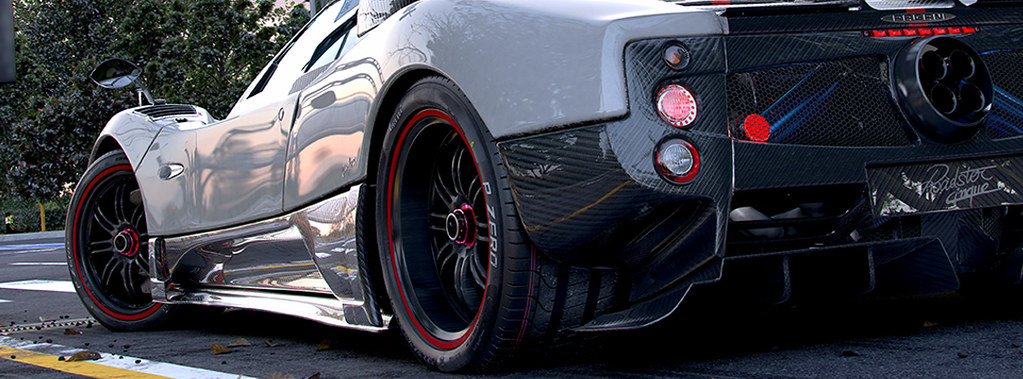Hi everyone,
Having worked in the CGI (Computer Generated Imagery) industry for a long time now, one of the main questions I have been asked in the past is what the difference is between Professional CGI graphics cards and gaming graphics cards.
 |
| Nvidia & ATI are the two leading manufacturers of graphics cards |
Below, I have explained the main differences but I am not going into any of the boring technical details as this is not a blog about which is best. This is very much a 'layman's terms' comparison as most of the people who ask this question have no interest in statistics and technical info.
 |
| Asus 680 GTX - High performance gaming card |
I will start out with gaming graphics cards as they tend to be the more complex of the two. The easiest way to describe these is to think of them as magicians. Games studios have to be really clever when creating anything that needs to run on games consoles such as PlayStation 3 or Xbox 360, this is because they have very little memory and can only display a certain amount of information on-screen at a time. For this reason, games companies need to find lower memory intensive ways of displaying the visuals on screen, this is where the gaming cards are very specialist.
The various technologies that are developed to achieve the visual trickery in games are then integrated into the hardware of the gaming graphics cards. This includes things such as specialist lighting techniques and texturing hardware which can help to make the scenes look more realistic while essentially being quite simple.
 |
| Nvidia Quadro FX5800 - performance workstation card |
Workstation CGI cards are in many ways more straight forward, the main focus here is raw power. Basically when modelling and texturing in CGI you need the view port to be as fast and smooth as possible, especially when handling scenes containing thousands of objects. So where the gaming cards have specialist hardware to deal with the 'smoke and mirrors', the professional cards are pure work horses which are able to fly around the most complex of scenes with pure power.
The other main advantages professional cards have in the CGI industry are the drivers. They are very tailored and specialist drivers for specific applications such as 3D Studio Max, Maya and Lightwave. These drivers optimise the cards to benefit the applications much more than a gaming card ever could.
The final big difference is the cost. Professional cards are generally much more expensive than gaming cards. This is largely due to the additional power that the cards deliver and the very specific optimisations they are put through.
Well there you have it, if you ever wondered why professional graphics cards are used over gaming cards in the CGI industry, you have your answer.
Happy reading.
Media productions
www.sovibrant.co.uk







No comments:
Post a Comment
Thanks for submitting a comment. Don't forget to visit www.sovibrant.co.uk to learn more about our work.